Amp tubes: the different types and what they sound like
We plug into the expert knowledge of analog gear guru, valve expert and Raw State founder Neil Perry
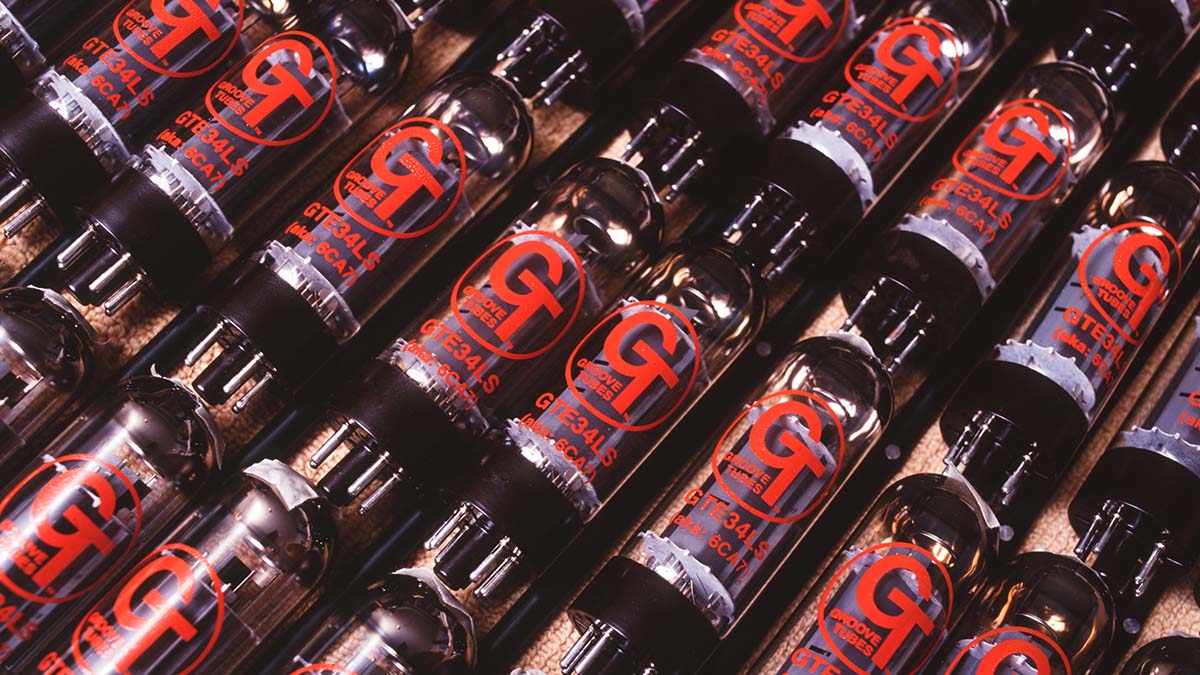
”Really early guitar amps were often designed for use with accordions, steels and microphones,” says Neil. “The earliest British one I’ve seen is from 1947 – the Vortexion model EG/10, which was advertised in Wireless World as the ‘AC/DC amplifier’. Valves in guitar amps are generally providing amplification (preamp valves), power (power valves) and rectification.
”In the UK, we often refer to a 12AX7 twin triode preamp valve as an ECC83, after the Philips/Mullard designation. Another well-renowned preamp valve would be the British Mullard EF86 pentode you find in some classic Vox designs. Common power valves include the EL84 and EL34, which are Philips/Mullard in origin, and the American 6L6 and 6V6 found in Fender amps.
“Rectifier valves, such as the GZ34, EZ81, 5Y3 and 5U4GB and so on, convert AC mains supply to DC voltage. If the amp worked purely on AC, it would be very loudly humming at 50 or 60Hz. It’s also known as the ‘rectum frier’ because get things wrong and that’s what happens! When you hit the strings and draw power from the rectifier, the voltage of the whole system drops momentarily. People like that sag and compression – the way the amp squashes and then blooms a little bit.”

1. ECC83/12AX7
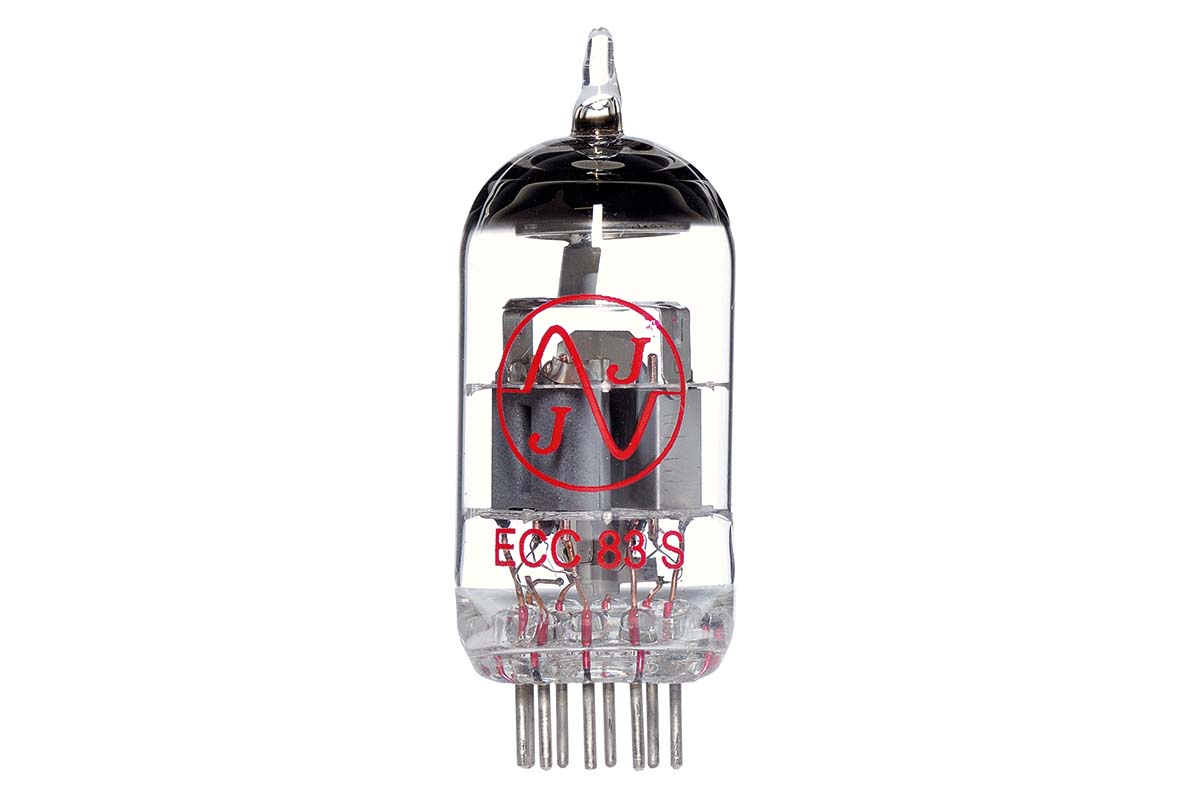
“The rectifier is a diode, meaning it’s got two parts (‘di’) and a triode has three parts (‘tri’). A triode is the simplest amplifying valve there is, and a twin triode such as an ECC83/12AX7 is effectively two valves in one. 12AX7s have become standard perhaps because so many amp designs are based around them historically. I think one of the reasons we like particular tones is because we’re accustomed to them; we identify those sounds as being ‘right’. However, there is room for experimentation.
“For a different sound you can normally swap valve types in the ‘12-family’ in and out without any trouble because the designs are self-biasing. A lower-gain 12AU7 or a 12AY7 can make an interesting alternative to a 12AX7, for example. Personally, I sometimes prefer these lower-gain preamp valves because I find that pushing the amp’s output stage more creates a more complex sound.”
2. EL34
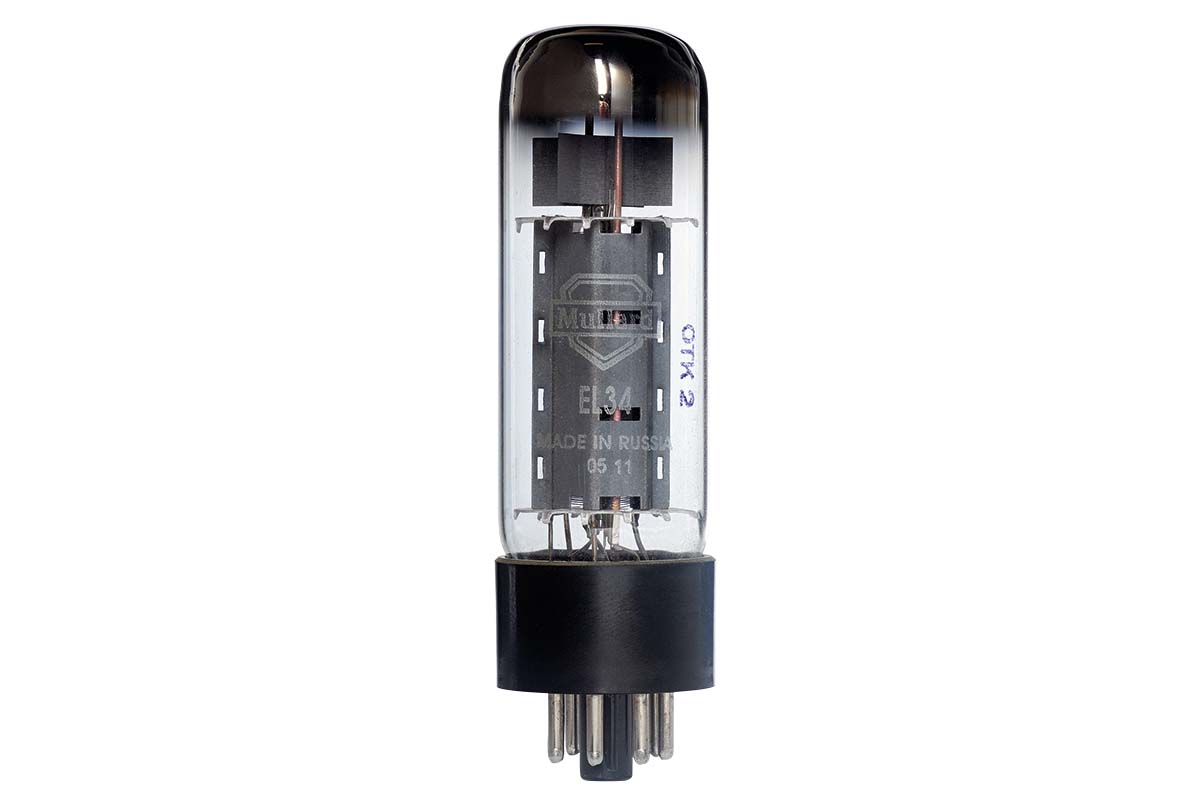
“The EL34 [pentode] valve is legendary for powering classic British amps from the likes of Marshall, Hiwatt and Orange. Most people would say the EL34 has a nice bite, great crunch and pronounced midrange. They can produce a lot of power, and once the British guitar world switched to them it kind of stayed that way. As amps got louder, they went from the simpler self-biasing/cathode bias designs to fixed bias, because you get a lot more power that way. With a fixed bias design, you’ll need to get the bias checked/adjusted when you replace the valves.
“Compared with preamp valve distortion, power valve distortion can be really complex with more harmonics and overtones, and you also get that lovely compression at volume as you’re pumping the power supply. And when you’re standing near a big cab you get all that interaction with the guitar going on. You can’t beat it.”
Get The Pick Newsletter
All the latest guitar news, interviews, lessons, reviews, deals and more, direct to your inbox!
3. EL84
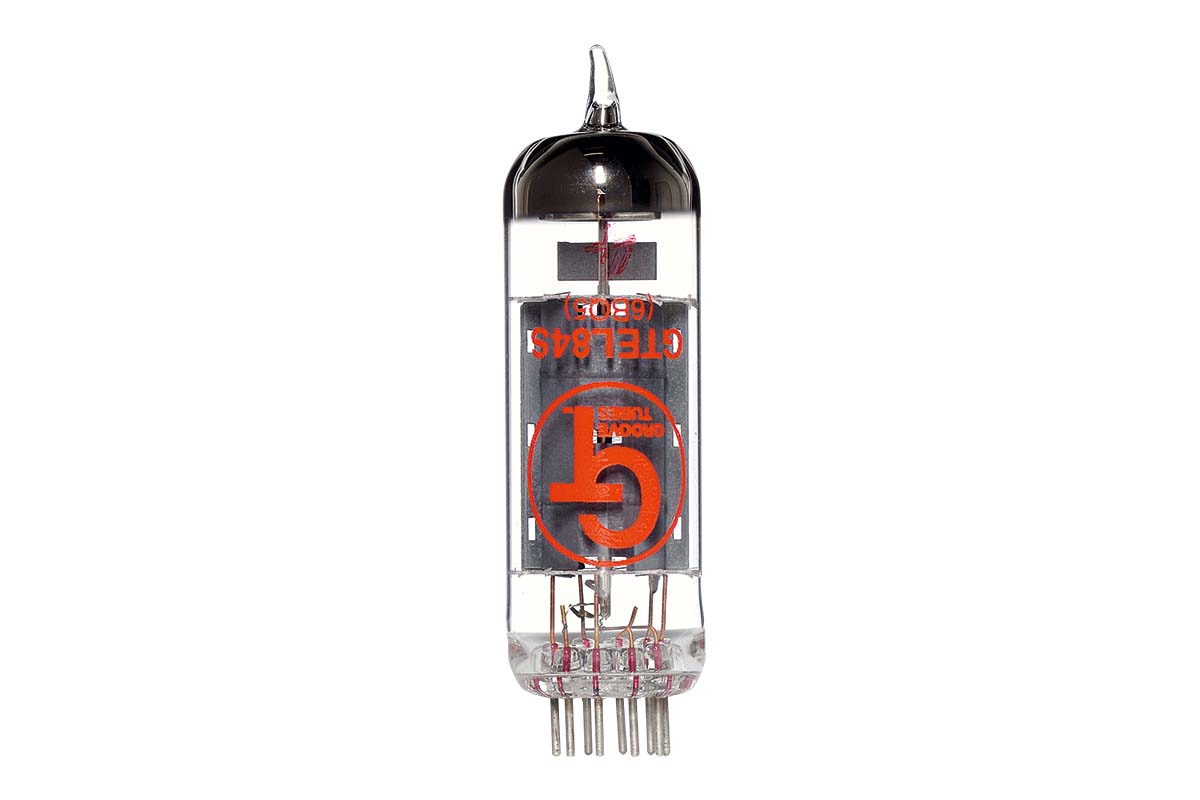
“EL84 [pentode] valves are typically found in classic Vox amps. Aside from being smaller and less powerful than the EL34, the EL84 produces multiple times more distortion and therefore sounds different. It’s not the best on paper, but it’s a different story once you put it into the context of a guitar amp where it produces lots of lovely sounding harmonics. The ‘bell-like’ tone you often hear people talking about in relation to EL84s is the complexity of added harmonics created by this distortion.
“I think there’s some kind of inherent conditioning that makes complex sounds stimulate our brains. Whether it be a guitar sound or the dawn chorus of birdsong, it’s those natural movements and complexities that makes it fascinating to us. If you just heard the plain guitar signal, it would sound boring. Rock- and blues-based guitar tones especially are all about tonal shaping.”
4. 6L6 & 6V6
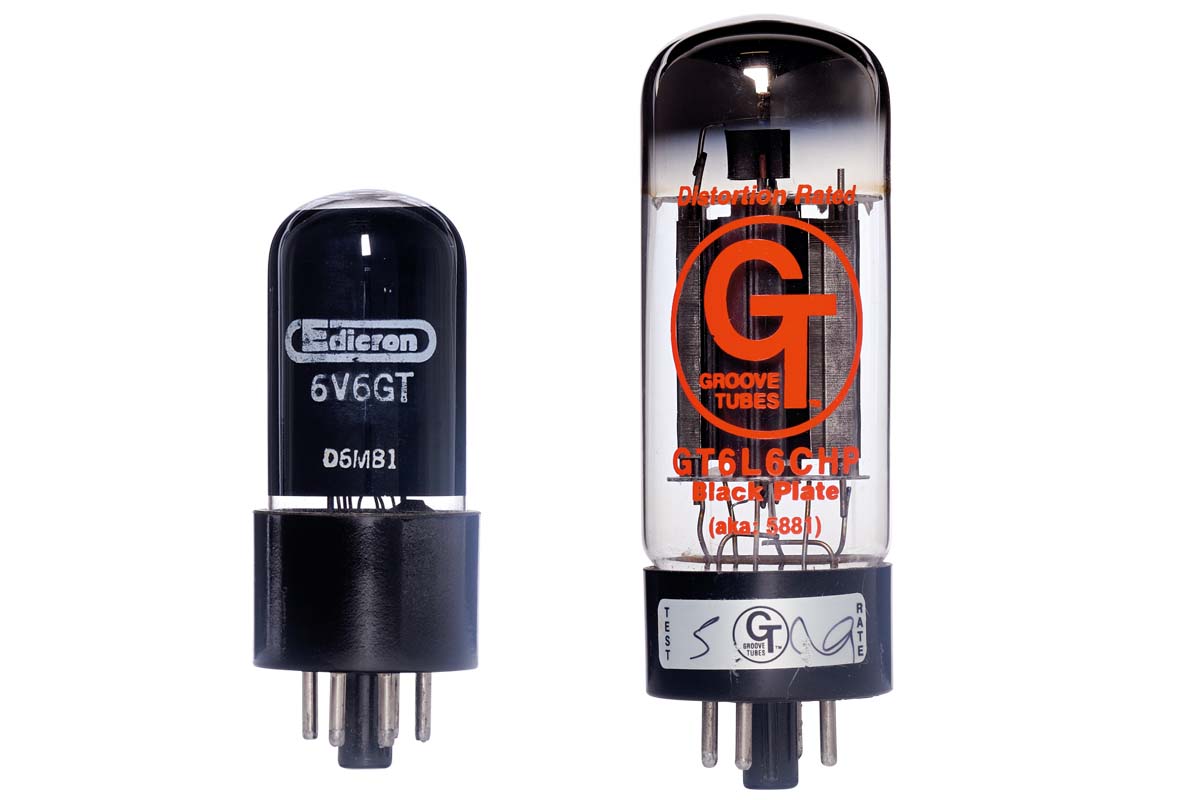
“6L6 and 6V6 [beam tetrode] power valves are associated with American amps, particularly Fenders. The KT66 [kinkless tetrode] valve used in the early Marshall JTM45 amps is similar to the 6L6, which makes sense as the design was derived from the Fender Bassman 5F6A circuit. The 6L6s are used in the larger, more powerful Fender amps like the Twin Reverb and Dual Showman, and the less powerful 6V6s are used in smaller Fenders such as the Princeton and Deluxe.
“I feel the sound is characterised by less of a midrange focus than the EL84 and EL34, and more of an emphasis in the top- and low-end. They’re generally a lot cleaner sounding, too. There’s definitely more of a ‘smile curve’ going on, but then Fender voiced the amps to sound that way overall. Early on, designers were trying to avoid distortion because musicians were also using the amps for lap steels and accordions.”
- Disclaimer: Due to the high voltages found in most guitar amplifiers, Guitarist recommends consulting an experienced professional should you wish to make any investigations or modifications.
Rod Brakes is a music journalist with an expertise in guitars. Having spent many years at the coalface as a guitar dealer and tech, Rod's more recent work as a writer covering artists, industry pros and gear includes contributions for leading publications and websites such as Guitarist, Total Guitar, Guitar World, Guitar Player and MusicRadar in addition to specialist music books, blogs and social media. He is also a lifelong musician.
"I never use my tube amp at home now, because I have a Spark Live": 5 reasons you should be picking up the Positive Grid Spark Live in the massive Guitar Month sale
“Our goal is to stay at the forefront of amplification innovation”: How Seymour Duncan set out to create the ultimate bass amp solution by pushing its PowerStage lineup to greater heights

![A black-and-white action shot of Sergeant Thunderhoof perform live: [from left] Mark Sayer, Dan Flitcroft, Jim Camp and Josh Gallop](https://cdn.mos.cms.futurecdn.net/am3UhJbsxAE239XRRZ8zC8.jpg)









